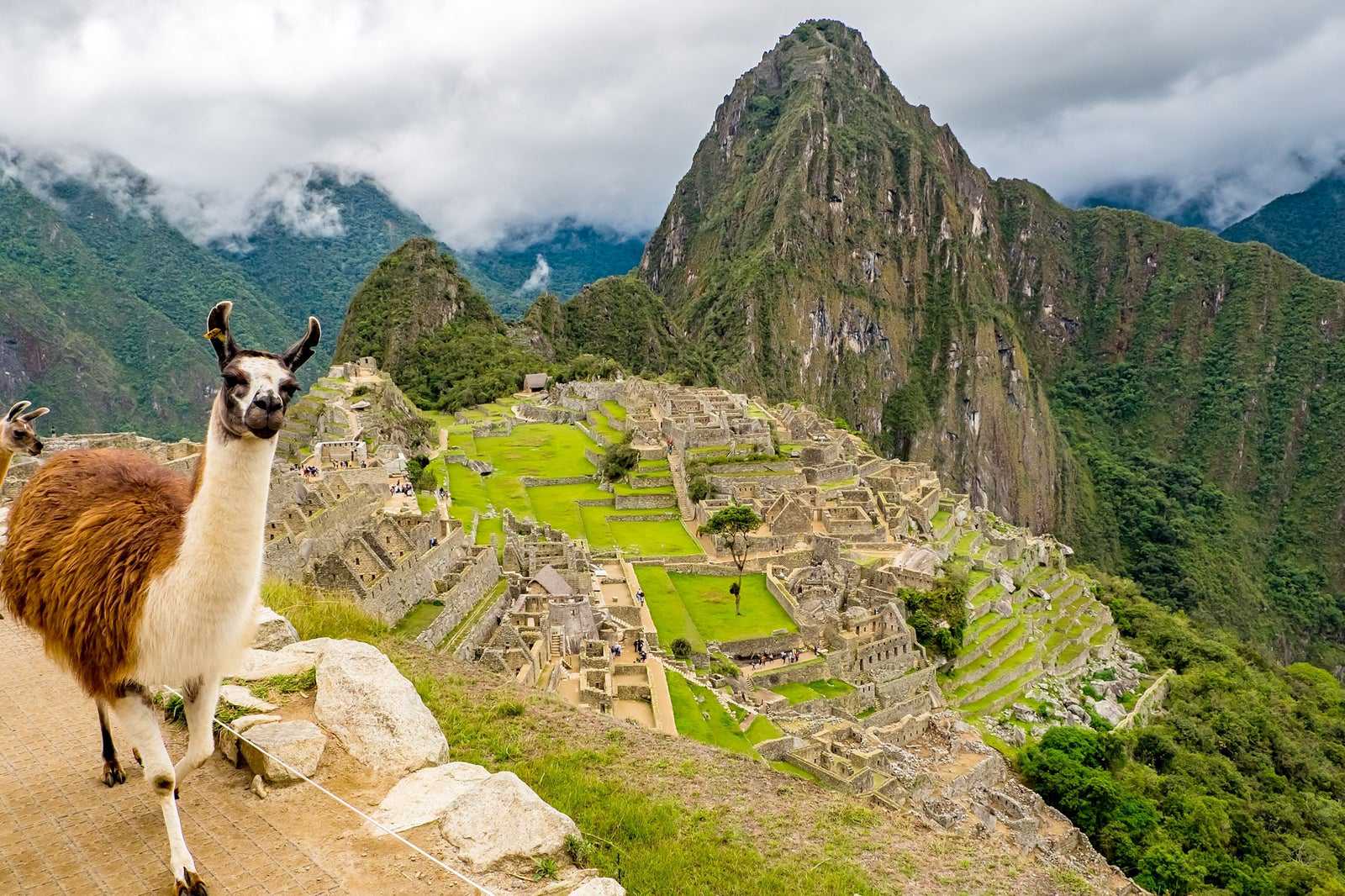
Peru is one of the most unique countries in South America, filled with history, stunning natural beauty, and warm, welcoming people. Whether you’re a history buff, nature enthusiast, or foodie, Peru has something to offer. If you’re planning a trip, this guide has everything you need—from top attractions to helpful tips that will make your journey smoother.
1. What to See in Peru? Every Must-Visit Attraction
Peru offers an incredible variety of attractions, from ancient ruins to vibrant cities and breathtaking natural wonders. Here are some of the highlights:
Machu Picchu: The crown jewel of Peru, Machu Picchu is an ancient Inca city located high in the Andes. This UNESCO World Heritage site is a must-see. The history, the views, and the sheer magnificence of the place make it one of the most iconic destinations in the world.
Cusco: Once the capital of the Inca Empire, Cusco is a city steeped in history. With its cobblestone streets, ancient temples, and bustling markets, it offers a perfect blend of history and modern culture. Don’t miss the Sacred Valley just outside the city, a region rich with Incan ruins and stunning landscapes.
The Amazon: Peru’s Amazon rainforest is a wonder of biodiversity. Whether you choose to explore it by boat on the Amazon River or stay in one of the eco-lodges deep in the jungle, you’ll encounter exotic wildlife, lush vegetation, and a sense of adventure like no other.
Lake Titicaca: Located between Peru and Bolivia, Lake Titicaca is the highest navigable lake in the world. You can take a boat trip to the Uros Islands, where people live on floating reed islands, or visit the ancient ruins of Tiwanaku.
The Nazca Lines: These mysterious geoglyphs, etched into the desert floor, are best viewed from the air. Their origins are still debated, but they are a fascinating and unique sight that should not be missed.
2. The Best Time to Visit Peru
The best time to visit Peru depends on the region and the experiences you want to have:
Dry Season (June to August): If you’re planning to visit Machu Picchu or hike in the Andes, the dry season is ideal. The weather is stable, and it’s perfect for outdoor activities.
Rainy Season (November to March): While the rainy season can make some hikes challenging, it’s also the best time to visit the Amazon region. The rain brings the rainforest to life, and many areas are less crowded.
3. How to Get Around in Peru? Important Tips
Peru is a vast country, so knowing how to get around is crucial for making the most of your trip:
Public Transport: In cities like Lima, Cusco, and Arequipa, public transportation is reliable, with buses and taxis readily available. For longer distances, buses are a common and affordable way to travel.
Domestic Flights: Peru’s vast size means flying between cities is often the quickest option. Flights are relatively inexpensive and can save you time if you’re traveling long distances, like from Lima to Cusco or Iquitos (Amazon region).
Train Travel: Trains are a fantastic way to travel in the Sacred Valley and between Cusco and Machu Picchu. The scenic routes are unforgettable and offer a unique way to experience the country.
Car Rental: For those who want to explore more remote areas, renting a car is an excellent option. However, be prepared for rugged roads, especially if you plan to visit high-altitude areas or more rural destinations.
4. Accommodation, Food, and Experiences in Peru
Accommodation: Peru offers a wide range of accommodation options, from luxury hotels to charming guesthouses and budget-friendly hostels. In major cities like Lima and Cusco, you’ll find everything from boutique hotels to eco-lodges in remote areas. Consider staying in a traditional guesthouse or a “hospedaje” for a more authentic experience.
Food: Peruvian cuisine is diverse and flavorful. You can’t visit without trying ceviche, a dish made from fresh fish marinated in lime juice, garlic, and chili. Lomo Saltado, a stir-fry of beef, potatoes, and vegetables, is another classic. If you’re in the highlands, try cuy (guinea pig), a local delicacy. Don’t forget to sample the pisco sour, Peru’s national drink.
Unique Experiences: Explore the markets in Cusco, where you can find handmade textiles, pottery, and jewelry. Visit the ancient ruins of Sacsayhuamán, a fascinating Inca site just outside Cusco. Take a boat tour of the Amazon, where you’ll have the chance to spot monkeys, caimans, and exotic birds.
5. Safety and Travel Recommendations
While Peru is generally a safe country to visit, it’s important to take precautions:
Keep an Eye on Your Belongings: In crowded places like markets and tourist sites, be mindful of your personal belongings. Pickpockets can be a problem in busy areas.
Health: Drink bottled water and avoid ice in drinks. Make sure you’re up-to-date on vaccinations and check with your doctor about any travel health advice specific to Peru.
Money and Currency: Peru uses the Nuevo Sol (PEN). Credit cards are widely accepted in most tourist areas, but it’s a good idea to carry some cash, especially when visiting smaller towns or remote areas. ATMs are available in larger cities.
Summary: Why You Shouldn’t Miss Peru
From the awe-inspiring Machu Picchu to the lush Amazon rainforest, Peru is a country of immense beauty and rich history. Whether you’re drawn to the ancient Inca ruins, the vibrant culture of Cusco, or the stunning landscapes of Lake Titicaca, there is something for everyone. The people of Peru are friendly and welcoming, and their traditions and way of life will leave a lasting impression. If you love adventure, history, nature, and delicious food, Peru is a destination you can’t miss.
